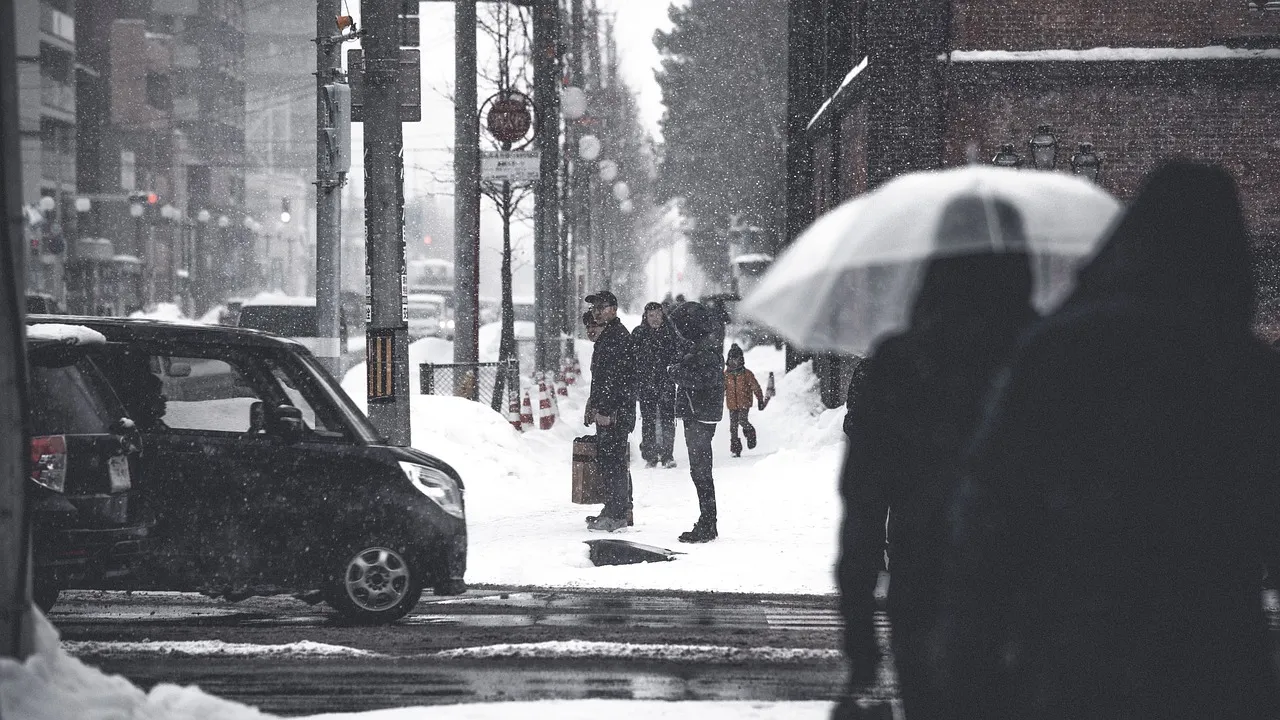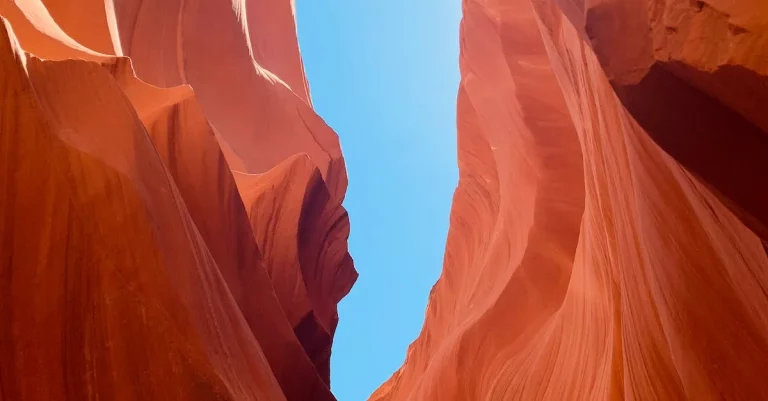How Often Does It Snow In California?
With its sunny beaches and mild climate, snow is rare across most of California. But parts of the state do see occasional snowfall during the winter months. Read on to learn more about the frequency of snowfall in the Golden State.
If you’re short on time, here’s a quick answer: Significant snowfall mainly occurs in California’s mountains and higher elevations. Lower elevations like the coasts and major cities only see a dusting a few times a year.
California’s Diverse Geography and Climate
California is known for its diverse geography and climate, which greatly influences the frequency of snowfall in different regions of the state. The state’s geography is comprised of coastal plains, a central valley, mountain ranges, and deserts, each with its own unique weather patterns.
Coastal Plains
The coastal plains of California, stretching along the state’s western edge, tend to experience milder winters. The proximity to the Pacific Ocean helps moderate temperatures, making it less likely for snow to fall in these areas.
However, there have been rare instances where snowfall has occurred in coastal regions, particularly in northern California.
Central Valley
The central valley of California, located between the coastal ranges and the Sierra Nevada mountains, has a Mediterranean climate. This region experiences mild, wet winters and hot, dry summers. While snowfall is uncommon in the central valley, some higher elevations in the surrounding mountain ranges may receive snow during winter months.
Mountain Ranges
California is home to several mountain ranges, including the Sierra Nevada, Cascade Range, and the Transverse Ranges. These mountainous areas receive the most snowfall in the state, particularly in the higher elevations.
The Sierra Nevada, for example, experiences heavy snowfall during the winter months, making it a popular destination for winter sports enthusiasts.
According to the National Centers for Environmental Information, the Sierra Nevada mountain range receives an average of over 400 inches (1,016 cm) of snowfall annually in some areas. This abundant snowfall not only provides picturesque winter landscapes but also serves as a vital water source for California’s reservoirs and water supply.
Deserts
Contrary to popular belief, California is home to several desert regions, including the Mojave Desert, Colorado Desert, and the Great Basin Desert. These arid areas experience hot and dry climates, with little to no snowfall.
However, it is not entirely uncommon for high desert areas, such as the higher elevations of the Mojave Desert, to occasionally receive light snowfall during colder winter months.
Annual Snowfall by Region
The Sierra Nevada Range
The Sierra Nevada Range is one of the most well-known regions in California for its snowfall. With its towering peaks and ski resorts, it attracts winter enthusiasts from all over the state and beyond.
The annual snowfall in this region can vary, but on average, it receives around 400 to 500 inches of snow each year. The high elevation and proximity to moisture-laden storms contribute to the heavy snowfall.
The Sierra Nevada snowpack is not only important for recreational activities but also plays a crucial role in California’s water supply, as it serves as a natural reservoir that gradually melts and feeds into rivers and streams during the warmer months.
The Cascades
The Cascades, which stretch from northern California to Washington State, also experience significant snowfall each year. Mount Shasta, one of the prominent peaks in this region, receives an average of 300 to 400 inches of snow annually.
The snowfall in the Cascades is influenced by the Pacific Northwest weather patterns, which bring cold air and moisture from the ocean. The heavy snowfall in this region creates ideal conditions for winter sports such as skiing, snowboarding, and snowshoeing.
Additionally, the snow-covered mountains provide breathtaking views for hikers and nature enthusiasts.
Coastal Cities and the Central Valley
Unlike the mountainous regions, the coastal cities and the Central Valley in California experience minimal snowfall. Cities like Los Angeles and San Francisco rarely see snow, as the coastal climate is influenced by the moderating effects of the ocean.
However, there have been rare instances where these areas have experienced light snowfall, usually during unusual weather patterns or particularly cold winters. In the Central Valley, which is known for its agricultural productivity, snowfall is even rarer.
The relatively flat terrain and lower elevation make it less prone to snow compared to the mountainous regions.
For more detailed information on snowfall patterns in California, you can visit the website of the National Weather Service. They provide up-to-date weather forecasts, historical data, and climate information for various regions across the United States.
Snowfall Seasonality
California is known for its warm and sunny weather, but did you know that it also receives snowfall in certain parts of the state? While snow may not be as common as in other snowy regions, California does experience snowfall during specific times of the year.
November Through March Snow Season
The primary snowfall season in California typically occurs between November and March. During these months, colder temperatures and weather systems from the north bring precipitation in the form of snow to higher elevations in the Sierra Nevada mountains and other mountain ranges across the state.
According to the National Weather Service, the average snowfall in the Sierra Nevada range can range from 300 to 500 inches (7.6 to 12.7 meters) per year, depending on the location and elevation. This makes it a popular destination for winter sports enthusiasts who enjoy skiing, snowboarding, and snowshoeing.
It’s important to note that not all areas of California experience significant snowfall during this season. Coastal regions, including cities like Los Angeles and San Francisco, rarely see snowfall due to their proximity to the Pacific Ocean and milder temperatures.
However, higher elevations in the mountains can receive substantial amounts of snow.
Rare Summer Snow on High Peaks
While snowfall in California is generally limited to the colder months, there have been instances of rare summer snowfall on the highest peaks of the state’s mountain ranges. This phenomenon occurs when a cold front or weather system moves through the area, bringing cooler temperatures and precipitation in the form of snow.
For example, in July 2021, the highest peaks of the Sierra Nevada mountains received a surprising amount of snow, creating a picturesque scene for hikers and climbers. These events are relatively uncommon but add a unique element to California’s diverse climate.
So, while California may not be the first place that comes to mind when you think of snow, it does experience snowfall during the winter months in its mountainous regions. Whether you’re a winter sports enthusiast or simply enjoy the beauty of snow-capped peaks, California offers a variety of opportunities to experience the magic of snow.
Historic Snowfall Extremes
California is known for its warm and sunny weather, but it has also experienced some historic snowfall extremes. These extreme snowfall events have left a lasting impact on the state and its residents.
Strong El Niño Winters
One of the factors that can lead to increased snowfall in California is the occurrence of strong El Niño winters. El Niño is a climate pattern that occurs when the waters of the Pacific Ocean near the equator become warmer than usual.
This can lead to changes in weather patterns, including increased precipitation and snowfall in certain areas.
During strong El Niño winters, California has experienced some of its most significant snowfall events. In 2010, for example, a series of powerful storms brought heavy snowfall to the Sierra Nevada mountains, resulting in record-breaking snow depths.
Ski resorts rejoiced as they saw their slopes covered in fresh powder, attracting skiers and snowboarders from all over the country.
It is worth noting that while strong El Niño winters can bring above-average snowfall to some parts of California, they do not guarantee snowfall in other regions. The impact of El Niño on snowfall patterns can vary depending on the specific climate conditions and geographical location.
Rare Snowy Days in Southern California
While snow may be a common occurrence in the mountainous regions of California, it is a rare sight in the more southern parts of the state. Cities like Los Angeles and San Diego are known for their mild and sunny weather, with temperatures rarely dropping below freezing.
However, there have been a few rare instances where Southern California has experienced snowfall. In 1949, a winter storm brought snow to areas as far south as Long Beach and even as close to the coast as Malibu. It was a truly remarkable sight for residents who were used to palm trees and beaches.
Another memorable event occurred in 2007 when a winter storm brought snow to the hills and valleys of Los Angeles County. The iconic Hollywood sign was dusted with snow, creating a picturesque scene that captured the attention of people around the world.
While these snowy days in Southern California are rare, they serve as a reminder of the state’s diverse climate and the occasional surprises it can bring.
For more information on California’s snowfall patterns and historic snowfall events, you can visit the National Weather Service website or the Climate.gov website.
Conclusion
While the majority of California rarely sees snow, the mountainous regions can get heavy snowfall in winter. The lower elevations only experience a dusting of snow a few days per year, mainly when unusual cold fronts move in.








